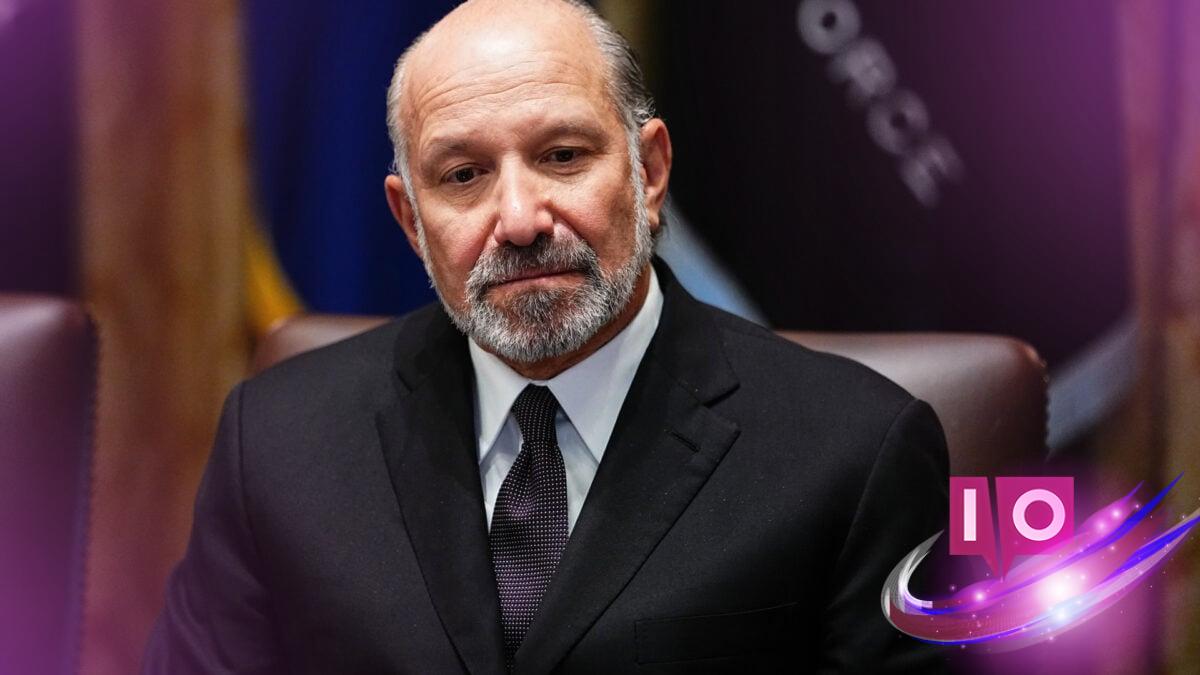Remember the buzz around Bitcoin in 2017 when its price skyrocketed and businesses began promising to integrate everything into blockchain? It was a time of misguided hype, as the technology often lacked practical applications that a traditional database couldn’t handle. Recently, it seems the White House is trying to revive that enthusiasm.
During a lengthy cabinet meeting televised earlier this week, President Donald Trump made waves with a surprising announcement. Commerce Secretary Howard Lutnick stated plans to publish government statistics using blockchain technology, claiming, “The Department of Commerce is going to start issuing its statistics on the blockchain because you are the crypto president, and we are going to put out GDP on the blockchain so people can use the blockchain for data distribution.” This statement left many scratching their heads.
It raises an intriguing question: What challenges are we trying to solve by shifting statistics onto blockchain? Despite its appeal as a decentralized ledger, blockchain doesn’t effectively address many issues, particularly when traditional databases are more than adequate for the job.
Lutnick’s enthusiastic endorsement of blockchain seems tied to its association with the booming cryptocurrency sector; however, skeptics question the efficacy of this proposal. Just this month, Trump stirred controversy by dismissing the head of the Bureau of Labor Statistics, claiming that data had been “rigged” for political ends. Afterward, Lutnick’s blockchain comment seemed oddly timed, coinciding with Truth Social’s announcement of a partnership with Crypto.com.
As discussions spiraled, Trump ventured into discussing law enforcement in urban areas, asserting, “The line is that I’m a dictator, but I stop crime. So a lot of people say, ‘You know, if that’s the case, I’d rather have a dictator.’” This reflects a deeper attempt to normalize extreme rhetoric regarding governance and public safety.
What if we could take it a step further? Why not track crime statistics via blockchain too? Some supporters of cryptocurrency may see it as a one-stop solution to varied problems.
For those curious about blockchain technology and its implications:
What is blockchain technology, and how does it work? Blockchain is a decentralized ledger system that records transactions across multiple computers, allowing data to be secured and verified without a central authority.
Are there practical applications for blockchain outside of cryptocurrency? Yes, blockchain can be used in supply chain transparency, secure voting systems, and even in healthcare for maintaining patient records.
How does using blockchain improve data distribution? By decentralizing data, blockchain enhances security and reduces the risk of manipulation, making the data more reliable for users.
Can blockchain help with government transparency? Potentially, but it also raises questions about accessibility and understanding, especially for the average citizen.
As we reflect on these developments, it’s apparent that while blockchain might hold promise, its current applications may overlook simpler and more effective solutions. For insights on similar topics and to stay updated, visit Moyens I/O and explore further. There’s so much more to discuss.
